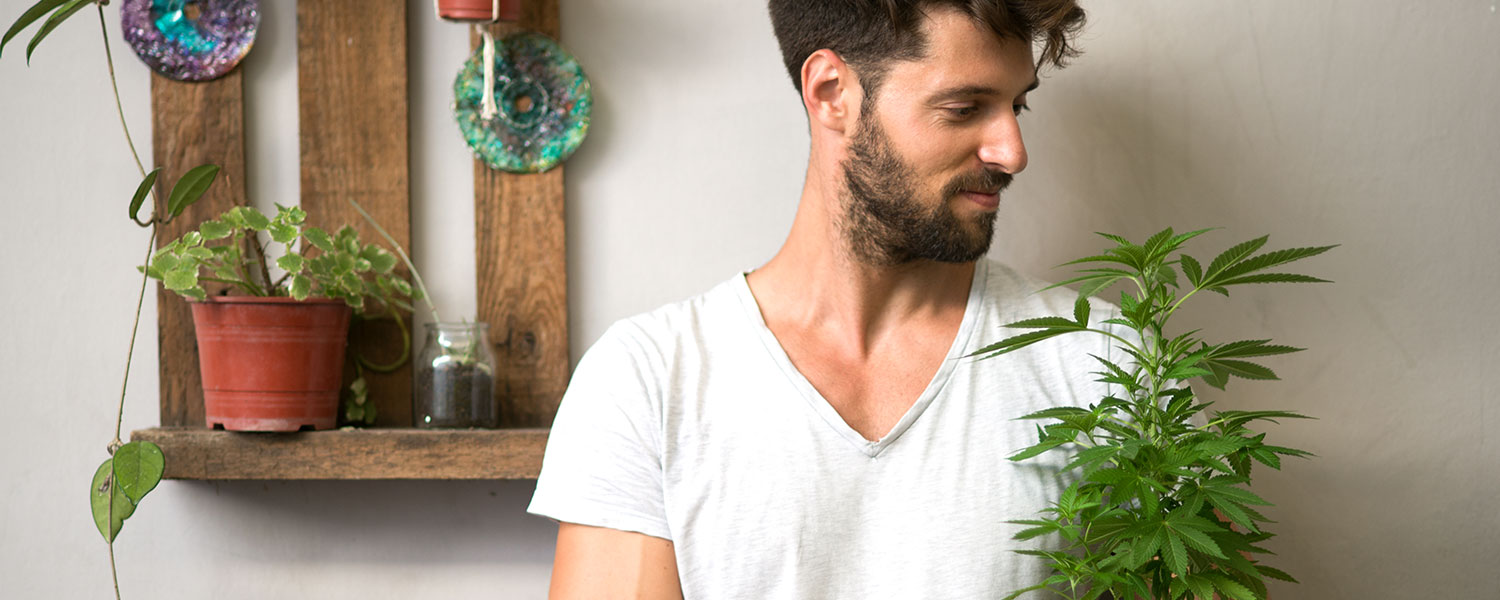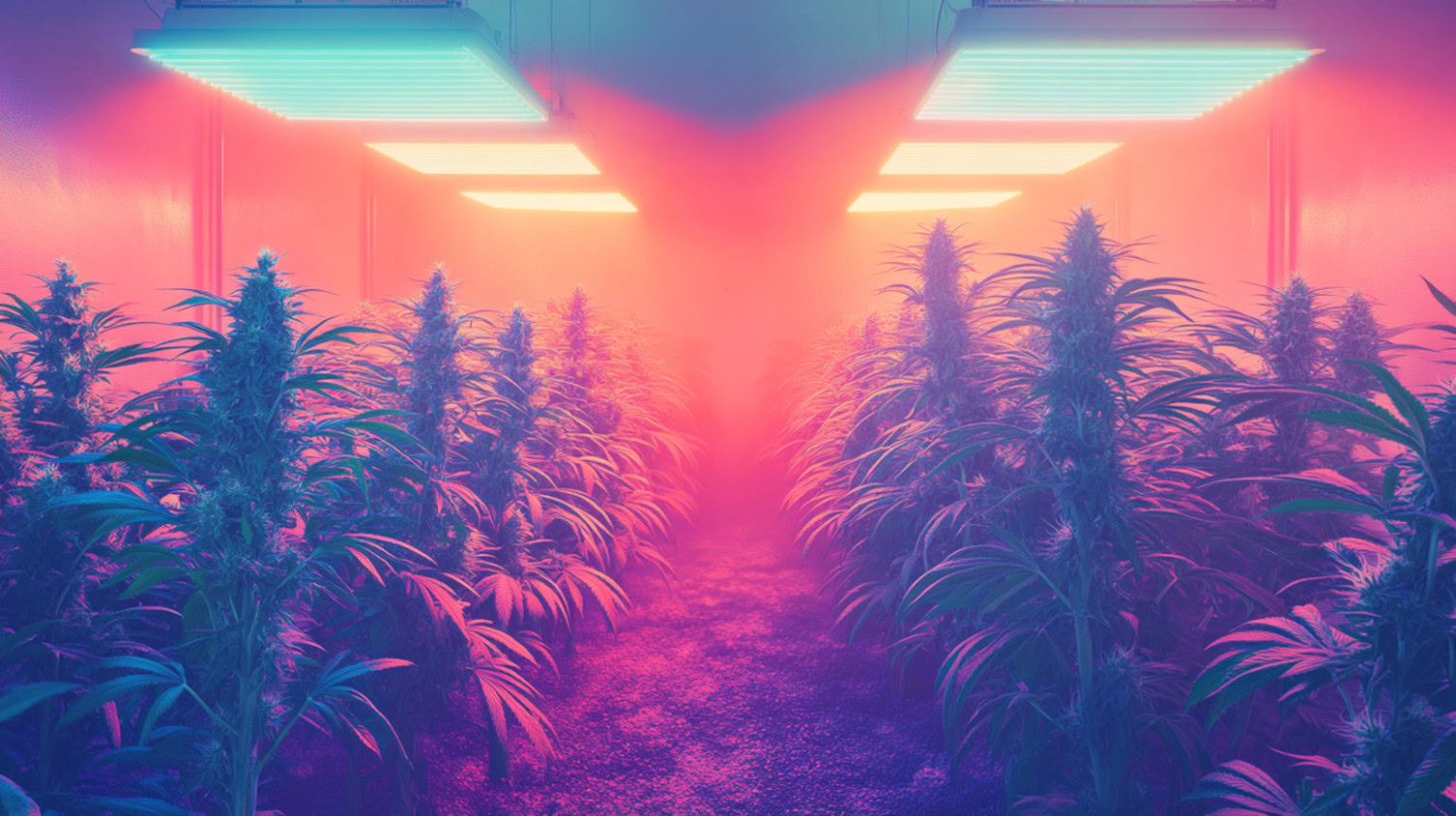In This Article
- What are the Differences Between Indoor and Outdoor Growing?
- Essential Cannabis Growing Supplies
- Indoor essentials
- Outdoor essentials
- How to Set Up a Home Grow at Any Budget
- Budget grow ($100 to $300)
- Mid-range grow ($500 to $1000)
- Advanced grow ($1500+)
- Does More Expensive Necessarily Mean Better?
- Best Places to Splurge on a Home Grow
- Is it Cheaper to Buy or Grow Cannabis?
- Is it Easier to Grow Cannabis Indoors or Outdoors?
Key Takeaways About Cannabis Growing Supplies
- At-home cannabis growing can work on any budget, from simple soil and seeds to full setups with tents, lights, and climate control.
- Indoor grows cost more upfront, while outdoor grows depend more on natural conditions.
- Spending more doesn’t always mean better harvests, but certain supplies matter more than others.
The cost of cannabis growing supplies can vary widely. Some growers start with little more than seeds and soil, while others invest heavily in lighting, ventilation, and advanced nutrients. Both approaches can produce quality plants, but each comes with different price tags and trade-offs.
Knowing what supplies are needed, how much they cost, and where to invest helps growers make informed choices and gives most home cultivators a strong start.
What are the Differences Between Indoor and Outdoor Growing?
The main difference between indoor and outdoor growing is how much control the grower has over the environment. Indoor setups allow year-round consistency, while outdoor grows depend on natural conditions that can change from season to season.
Indoor setups are popular in regions with harsh climates or limited outdoor space. This type of growing gives complete control over light, temperature, and humidity. This often leads to higher costs but more predictable results.
Outdoor growing uses natural sunlight and seasonal cycles. This can mean lower costs upfront, but plants are at the mercy of weather, pests, and other environmental factors. Harvests are often larger but limited to one or two cycles per year, depending on the region.
Essential Cannabis Growing Supplies
Cannabis plants need the same basics as other plants: light, water, nutrients, and air. Growing at home adds a few additional tools to keep conditions stable.
Indoor essentials
Indoor setups usually include:
- Grow lights (LED or HID)
- A grow tent for space control
- Ventilation fans and filters
- Soil or hydroponic system
- Nutrients and pH testing kits
The supplies utilized help replace what nature provides outdoors. Lights stand in for the sun, tents and ventilation regulate airflow, and meters help monitor soil and water quality.
Beware of the costs. Grow lights can range from under $100 for basic models to more than $500 for high-end LEDs. Tents, fans, and filters often add another $200 to $400, depending on size and quality.
Outdoor essentials
Even though outdoor grows rely on natural sunlight, plants still need extra support to stay healthy and secure. Outdoor setups often include:
- Quality soil blends
- Pots or raised beds
- Organic nutrients or compost
- Netting, fencing, or cages for plant support
- Security measures such as locks or cameras
These items help keep plants stable, protect them from pests or animals, and guard against theft.
Outdoor growing also comes with natural weather volatility. Heat waves, heavy rain, or early frosts can all affect the final harvest. While overall costs are usually lower than those of indoor setups, outdoor growing brings its own risks due to unpredictable conditions.
How to Set Up a Home Grow at Any Budget

A home grow can fit almost any budget, though the quality of results will depend on some choices made. Smart selections can be made at just about any price point, as long as some planning goes into it.
Depending on the budget, consider gathering the following for an optimal, budget-friendly grow at-home operation:
Budget grow ($100 to $300)
- Small number of seeds
- Standard potting soil or cannabis-specific soil
- Basic pots or fabric grow bags
- Sunlight from a balcony, yard, or window
- Simple nutrients like compost or store-bought fertilizer
Mid-range grow ($500 to $1000)
- A small grow tent
- Quality LED grow light
- Ventilation fan and carbon filter
- Digital timers and meters for pH and humidity
- Packaged nutrient systems
Advanced grow ($1500+)
- Larger grow tent or custom room
- High-output LED or HID lights
- Advanced ventilation and climate control
- Hydroponic or aeroponic systems
- Full nutrient line with supplements
- Automated irrigation
The right setup depends on goals. Either way, planning ahead, reading consumer reviews, and matching supplies to budget tends to make the process as smooth as can be.
With the right mix of effort and equipment, a home grow should be able to produce healthy plants and satisfying harvests without overspending.
Does More Expensive Necessarily Mean Better?
Nope. Spending more does not always equate to better results.
While money and advanced equipment can support high yields, the expertise of the grower often matters more than the size of their setup.
A skilled grower with basic supplies can produce healthier plants than a beginner surrounded by expensive gear. Lights, tents, and nutrients may create the right conditions, but they cannot replace careful attention and experience. Without the knowledge to use tools properly or adapt during challenges, even the most advanced system can fall short.
The best outcomes usually come from understanding how plants respond to their environment. Consistent watering, balanced nutrients, and close monitoring are just as important as any high-end equipment. Premium tools can make certain tasks easier, but strong results depend more on knowledge and steady care than on price tags.
Best Places to Splurge on a Home Grow

Not every part of a grow setup needs to be top-of-the-line, but some areas are worth the extra cost.
- Lighting: A strong light source directly impacts plant health and yield. Poor-quality lights often lead to weaker growth.
- Genetics: Starting with quality seeds makes a difference. Reliable breeders offer consistent traits, while cheaper seeds may produce unpredictable or lackluster results.
- Climate control: Ventilation and air circulation prevent mold and pests. High-quality fans and filters improve both plant health and odor control.
- Soil or medium: Investing in the right soil or hydro system reduces problems later in the grow cycle.
Other items, like pots, meters, or nutrients, can usually be found at lower cost without sacrificing results. Consider the needs of the plants and the grow to determine which are the most essential items and how much is needed to obtain the ideal options.
Is it Cheaper to Buy or Grow Cannabis?
It depends on several factors.
Growing at home often has higher startup costs that typically become cheaper over time, since most of the core equipment only needs to be purchased once and can be reused for multiple harvests. Growers tend to find that a few successful harvests can cover the initial investment.
Long-term savings also depend on local market prices and how much cannabis a person consumes. In regions where dispensary prices are high, home cultivation can reduce costs significantly.
For lighter consumers, however, the upfront investment may take longer to balance out, and in some cases buying from a licensed retailer may remain the more practical option.
Is it Easier to Grow Cannabis Indoors or Outdoors?

It depends on the cultivator. Indoor and outdoor growing both come with advantages and challenges.
For some, indoor grows provide year-round harvests and consistent results but require more equipment and costs. For others, outdoor grows can be seen as simpler and cheaper but depend heavily on climate, adding volatility to the process.
Many growers find success starting small indoors, then moving outdoors once they understand basic plant care. Others prefer to begin outdoors for the lower costs, then upgrade later to indoor setups for more control.
The information in this article and any included images or charts are for educational purposes only. This information is neither a substitute for, nor does it replace, professional legal advice or medical advice, diagnosis, or treatment. If you have any concerns or questions about laws, regulations, or your health, you should always consult with an attorney, physician or other licensed professional.




